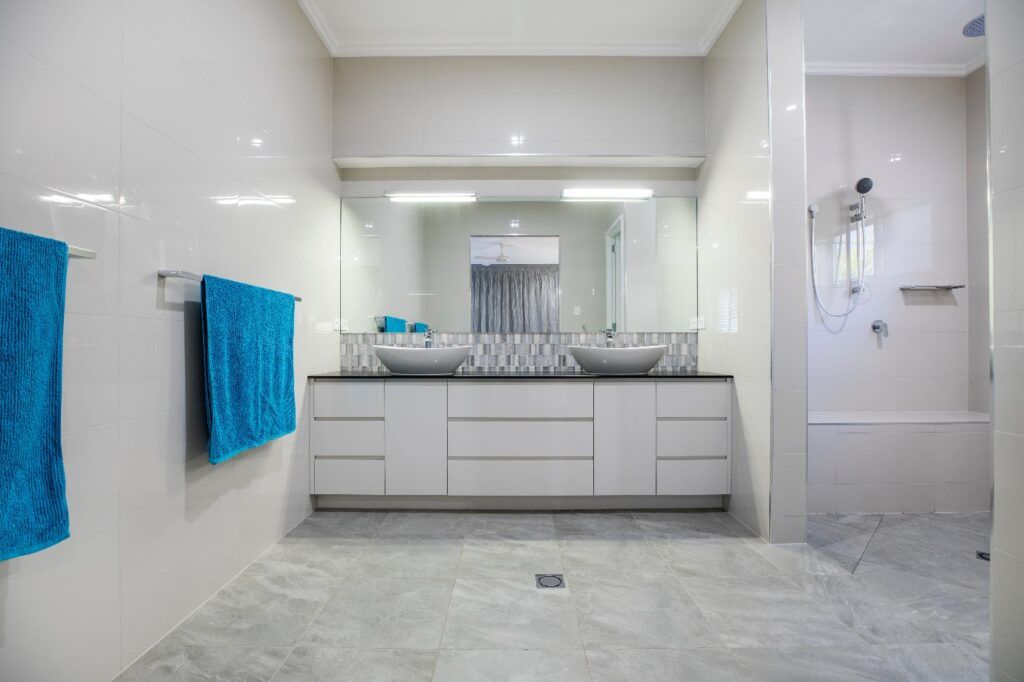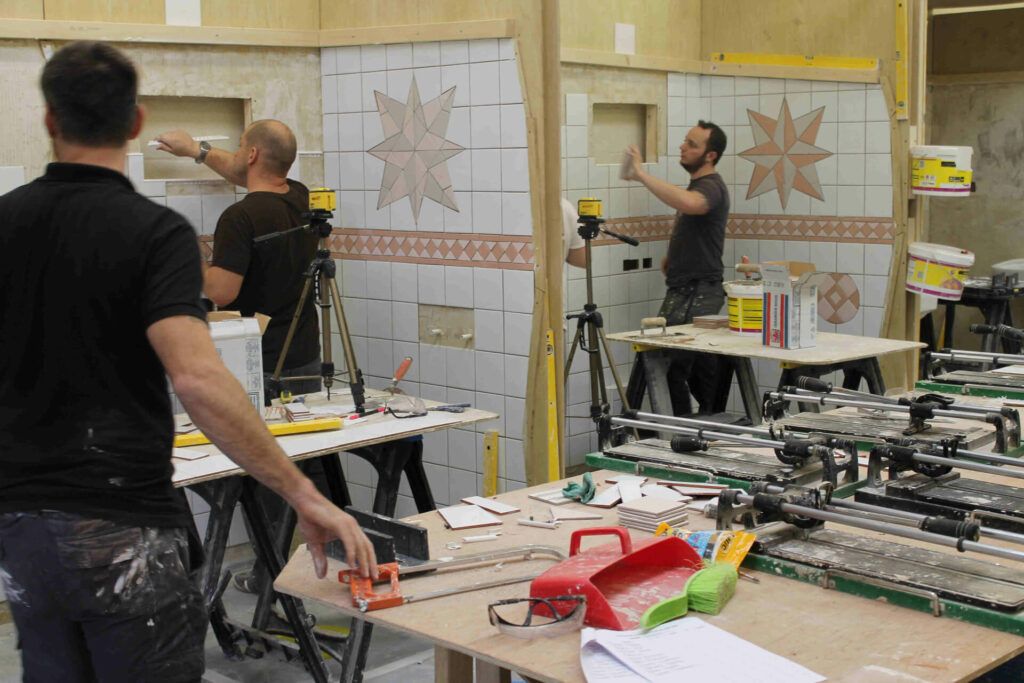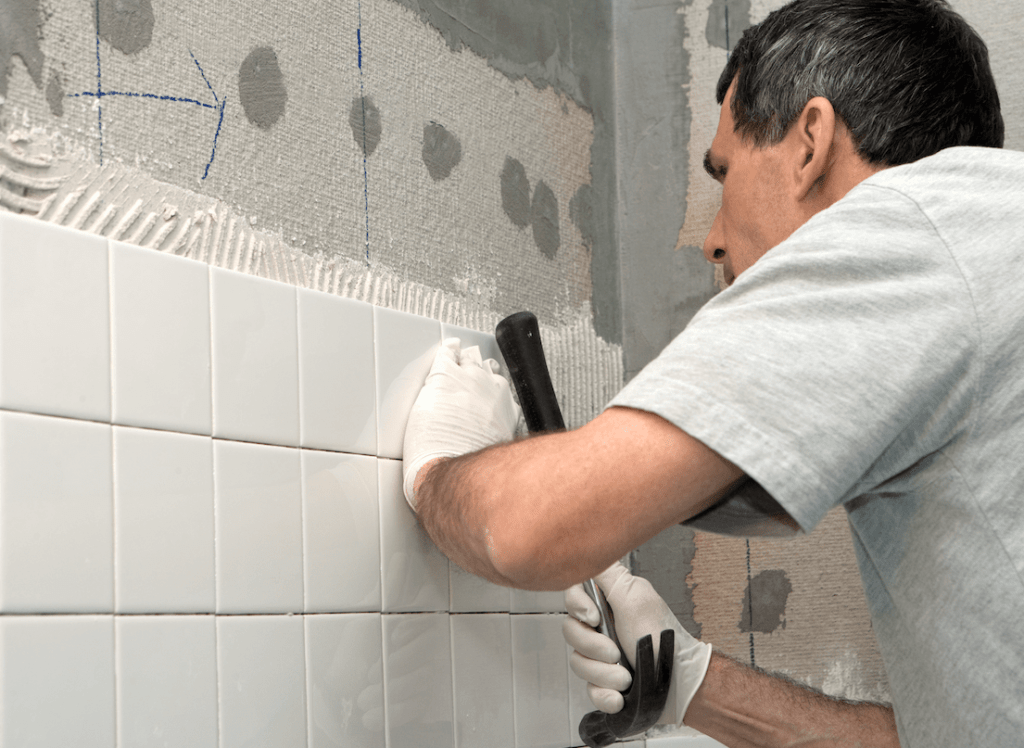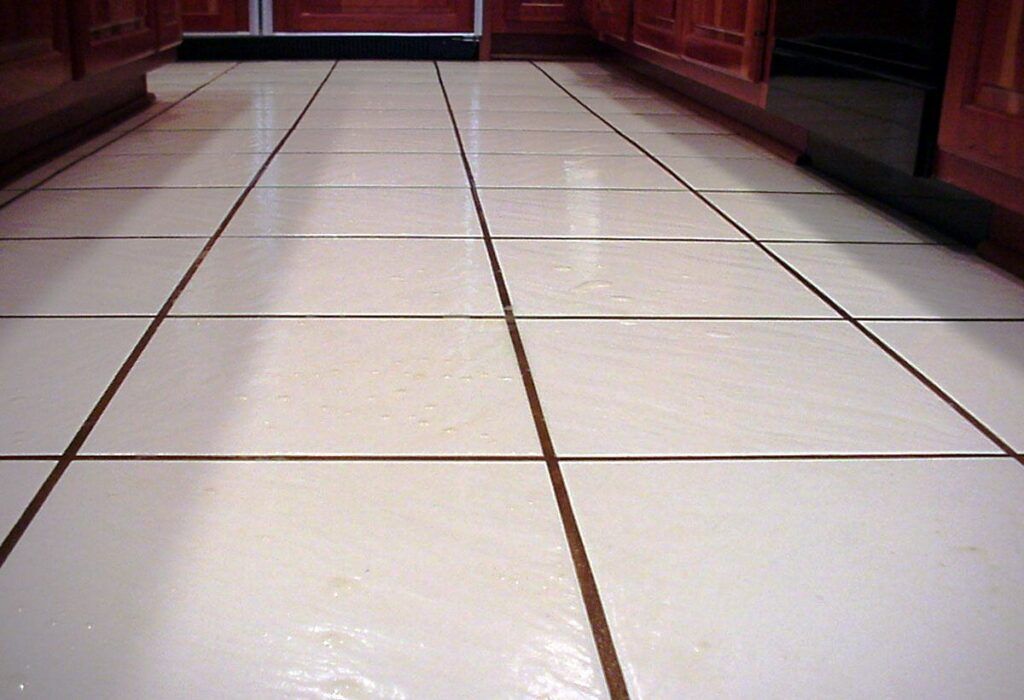Tessellations – that is a word that takes you back to your Maths classes! Do you remember looking at the different tessellations and coming across words such as vertex and polygons and working out the patterns? (Or maybe not!) So what is the definition of a tessellation (tiling pattern)? Well, this is when a surface is covered with a pattern of flat shapes so there are no overlaps or gaps. The shapes in the pattern don’t need to be the same but it must repeat.
 There are different combinations of tessellations (tiling patterns):-
There are different combinations of tessellations (tiling patterns):-
Regular tessellation, semi regular tessellation, ‘other’ tessellations and vertex.
The regular tessellation (tiling) patterns are made up of three shapes – triangles, squares and hexagons and for the semi regular tessellation the rule of thumb is the pattern at each vertex (corner point) must be the same.
‘Other’ tessellations could include the use of curved shapes or circles – but that could make for some seriously complicated tiling pattern designs. Clever stuff nevertheless.
So, by taking a look at regular tile patterns using rectangles, shaped tiles, squares, pentagons of all sizes or mixing octagons and squares in a tile pattern, how can these be transferred to your tiled wall or floor designs?
The choice of tile laying patterns are wide and varied, and, when considering which pattern to lay, they range from patterns such as small format brick bond to staggered brick bond, horizontal herringbone, block herringbone, linear, hexagon, fan, and basket weave to make a few.
And each tiling pattern will take careful planning when working out your design and will depend on the tiling project. For instance, with your client choosing a diamond pattern, when measuring up and pricing up, you will need to consider that there is likely to be more cutting involved and more wastage.
If your client is looking to have the basket weave pattern (which was made extremely popular back in the 1930s with the fashion for parquet flooring), it is worth considering when choosing the tiles that this pattern works better when you choose a tile with a rectified edge so that you get a 1mm grout finish. So what is a rectified edge tile? Basically, it is a fired ceramic or porcelain tile which is cut or ground down to an exact size mechanically and the tile edges are precisely cut at a 90-degree angle. With such a precise, clean and uniform edge it will result in a seamless look to your tile installation.
The tile pattern that is chosen will also give a different perspective on the size of the room to be tiled; by using a vertical herringbone pattern it is likely to draw the eye upwards which will create an illusion of height in a low ceilinged room. Likewise, the horizontal herringbone will give the illusion of the room being wider. And using a pattern such as the horizontal herringbone it is likely you will need to calculate approximately for an additional 15% of tiles to take into account the additional cuts you will need to do.
So with all the different combinations of the tiling patterns and designs there is huge potential to create stunning tile installations that will continually test your skills from measuring up and working out how many tiles are required, learning to minimise wastage from your design and maximising your earning potential. With tiling being an industry that is growing fast in the UK, providing a career that will bring challenges and rewards, tiling is indeed – genius!

 Symmetrical tiling
Symmetrical tiling Granite – High quality granite tiles are also farmed naturally and therefore offer a level of individualism. Granite might not quite have the deep lustre of Marble, but there are so many variations in colours and patterns naturally occurring, they can feel just as special. Granite is tougher too, a lot less prone to chipping or scratching. That said, polished granite will need to be treated and re-polished periodically to preserve its luxurious appeal.
Granite – High quality granite tiles are also farmed naturally and therefore offer a level of individualism. Granite might not quite have the deep lustre of Marble, but there are so many variations in colours and patterns naturally occurring, they can feel just as special. Granite is tougher too, a lot less prone to chipping or scratching. That said, polished granite will need to be treated and re-polished periodically to preserve its luxurious appeal. So what about floor tile adhesive – is it for internal flooring or external flooring? Is there underfloor heating to consider? And for application to walls is there plasterboard or painted wall? Maybe wood or tile backerboards or adhesive for a tiled worktop. Once the area to be tiled has been established, choices of adhesives range from powder form to ready mix.
So what about floor tile adhesive – is it for internal flooring or external flooring? Is there underfloor heating to consider? And for application to walls is there plasterboard or painted wall? Maybe wood or tile backerboards or adhesive for a tiled worktop. Once the area to be tiled has been established, choices of adhesives range from powder form to ready mix. 
 When planning an exterior tiled surface, consideration needs to be taken such as:-
When planning an exterior tiled surface, consideration needs to be taken such as:-